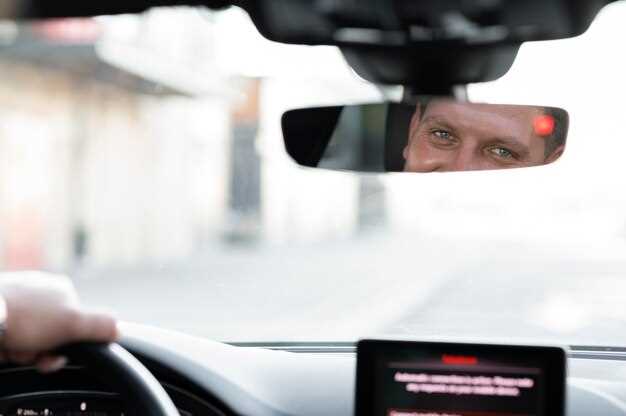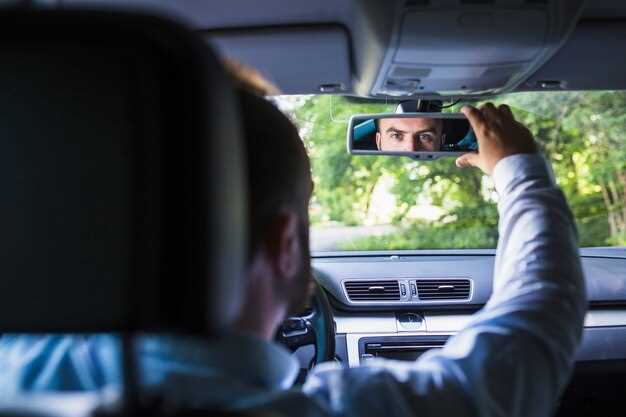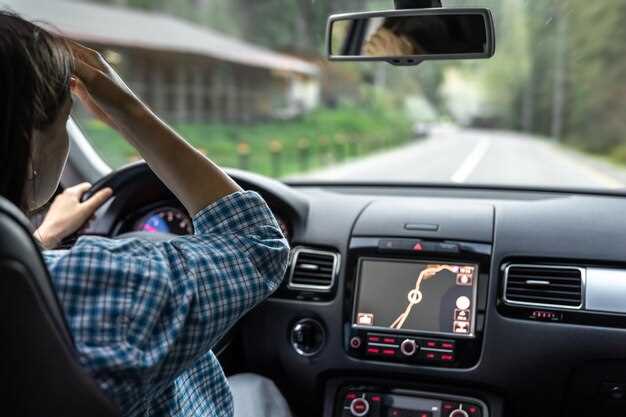
As vehicle technology continues to advance, many car owners find themselves looking to upgrade their older models with modern features. One popular addition is the backup camera, a device that enhances safety and makes parking in tight spaces much easier. Installing a backup camera in an older car not only improves visibility but can also increase the vehicle’s resale value and overall functionality.
In this guide, we will explore the step-by-step process for installing a backup camera in older cars. Whether you’re a seasoned mechanic or a DIY enthusiast, this installation can be accomplished with some basic tools and a bit of patience. We will cover the different types of backup cameras available on the market, the essential tools you will need, and specific wiring and mounting techniques suitable for various car models.
By the end of this guide, you will have the knowledge and confidence to successfully install a backup camera in your vehicle, significantly enhancing your driving experience and safety on the road. Let’s dive into the specifics of selecting the right backup camera for your needs and understanding the installation process.
Selecting the Right Backup Camera for Your Vehicle

Choosing the appropriate backup camera for your vehicle involves considering several critical factors to ensure functionality and compatibility. Firstly, assess the type of camera that suits your needs: wired or wireless. Wired cameras typically offer a more reliable signal and no latency, but may require more complex installation. Wireless systems are easier to install but can sometimes suffer from interference.
Next, determine the camera’s resolution. Higher resolution cameras provide clearer images, which can help significantly while reversing. Look for models that offer at least 720p HD resolution for optimal performance. Additionally, consider the field of view; a wider angle allows for better visibility of obstacles and surroundings. Most cameras provide a field of view between 120 to 180 degrees.
Another important aspect is the camera’s night vision capability. Check if the model includes infrared lighting or other night vision technology, ensuring visibility in low-light conditions. This feature is essential for safe driving, especially during nighttime or in poorly lit areas.
Evaluate the durability and waterproof rating of the camera as well. Since backup cameras are often exposed to various weather conditions, opt for models that are rated IP67 or higher for water and dust resistance. This will ensure long-lasting performance, regardless of external elements.
Compatibility with your vehicle’s existing display system is also critical. Some backup cameras come with their own monitor, while others interface with your vehicle’s existing infotainment display. Ensure that the camera you choose can connect to the system you have in your vehicle without requiring extensive modifications.
Lastly, consider additional features such as parking guidelines, motion detection, and alerts. These advanced functionalities can enhance safety and convenience while reversing, providing real-time feedback on your surroundings. Take the time to read reviews and, if possible, test the camera before purchasing to ensure it meets your specific needs and preferences.
Step-by-Step Installation Process for Older Car Models
Installing a backup camera in an older car can enhance safety and convenience. Follow these detailed steps for a successful installation.
Step 1: Gather Necessary Tools and Equipment
Before beginning, collect the required tools: a multimeter, screwdriver set, wire strippers, electrical tape, and a drill. Ensure you also have the backup camera kit, which should include the camera, monitor, wiring harness, and mounting brackets.
Step 2: Prepare the Vehicle
Park your car on a flat surface and turn off the ignition. Disconnect the vehicle’s battery to avoid electrical shorts during installation. Allow yourself ample space to work by moving the seats forward or backward as needed.
Step 3: Mount the Camera
Decide on the optimal position for the backup camera, typically centered above the license plate. Clean the surface and use the mounting bracket to drill holes for screws. Secure the camera in place and ensure it is angled correctly to provide a clear view of the area behind your vehicle.
Step 4: Route the Wiring
Begin running the wiring from the camera to the front of the vehicle where the monitor will be located. Use existing pathways, like door seals or grommets, to minimize exposure to weather elements. Be cautious of sharp edges and moving components as you route the wires.
Step 5: Connect to the Monitor
At the front of the vehicle, position the monitor. Connect the video cable from the backup camera to the monitor’s input. If the monitor requires power, run a power wire to the vehicle’s fuse panel. Refer to the camera’s manual for specific wiring instructions, ensuring correct connections.
Step 6: Power the System
Locate a suitable fuse in the fuse panel for the power supply. Using a multimeter, identify a switched power source that activates with the ignition. Connect the power wire from the monitor to this source. Secure all connections using solder or wire connectors, then cover with electrical tape.
Step 7: Test the System
Reattach the vehicle’s battery and turn on the ignition. Test the backup camera by shifting the vehicle into reverse. The monitor should display the camera feed. Adjust the camera angle as necessary to ensure an optimal view.
Step 8: Finalize Installation
Once testing is complete and adjustments made, tidy up any excess wiring. Use zip ties to secure the wires and ensure they do not interfere with vehicle operation. Reassemble any panels or components that were removed during installation.
Step 9: Enjoy Enhanced Safety
Your backup camera is now successfully installed in your older car model. Familiarize yourself with the monitor’s features and enjoy the added safety while reversing.
Integrating Your Backup Camera with Existing Car Systems

Integrating a backup camera with existing car systems can enhance your overall driving experience by providing better visibility and safety features. To begin this integration, you must first assess the current configuration of your vehicle’s electronics. Most older cars lack built-in displays for cameras; therefore, you may need to rely on aftermarket solutions that are compatible with your existing audio or infotainment systems.
The first step is to choose the right backup camera. Look for cameras that offer a video output compatible with your car’s display system. Many modern backup cameras use a standard RCA video output, which can connect to aftermarket head units or even original stereo systems that have video input capabilities. If your existing unit does not support video input, consider upgrading to an aftermarket multimedia receiver that includes a display screen and supports camera integration.
Once you have the camera and display hardware, proceed with the installation. Start by mounting the camera in an appropriate location, typically above the license plate, to ensure a clear view of the area behind the vehicle. Run the camera cable through the trunk or hatch area and connect it to the display unit. If you are using a wireless backup camera, follow the manufacturer’s instructions for pairing it with your display unit.
Next, you will need to connect the camera to the vehicle’s reverse light. This step is crucial as it allows the camera to activate automatically when you shift into reverse. Locate the reverse light wiring, usually found near the taillights, and tap into it using splice connectors or wire taps. Ensure all connections are secure and insulated to prevent short circuits.
Finally, configure your display system to recognize the backup camera input. Access the settings menu on your head unit and enable the camera feature. Test the system to ensure the camera displays the rear view when in reverse. Adjust the camera angle as necessary to eliminate blind spots and provide the best possible view.
By carefully selecting compatible equipment and following these integration steps, you can successfully enhance your older car with modern backup camera functionality, significantly improving safety and convenience while driving.

